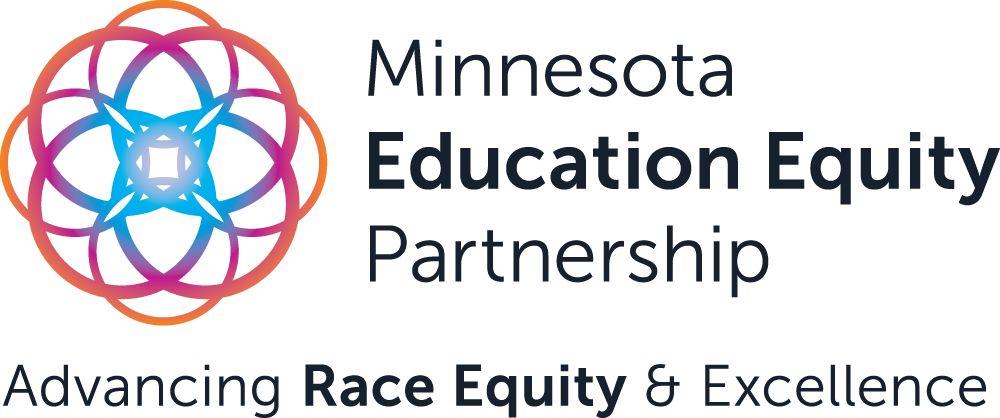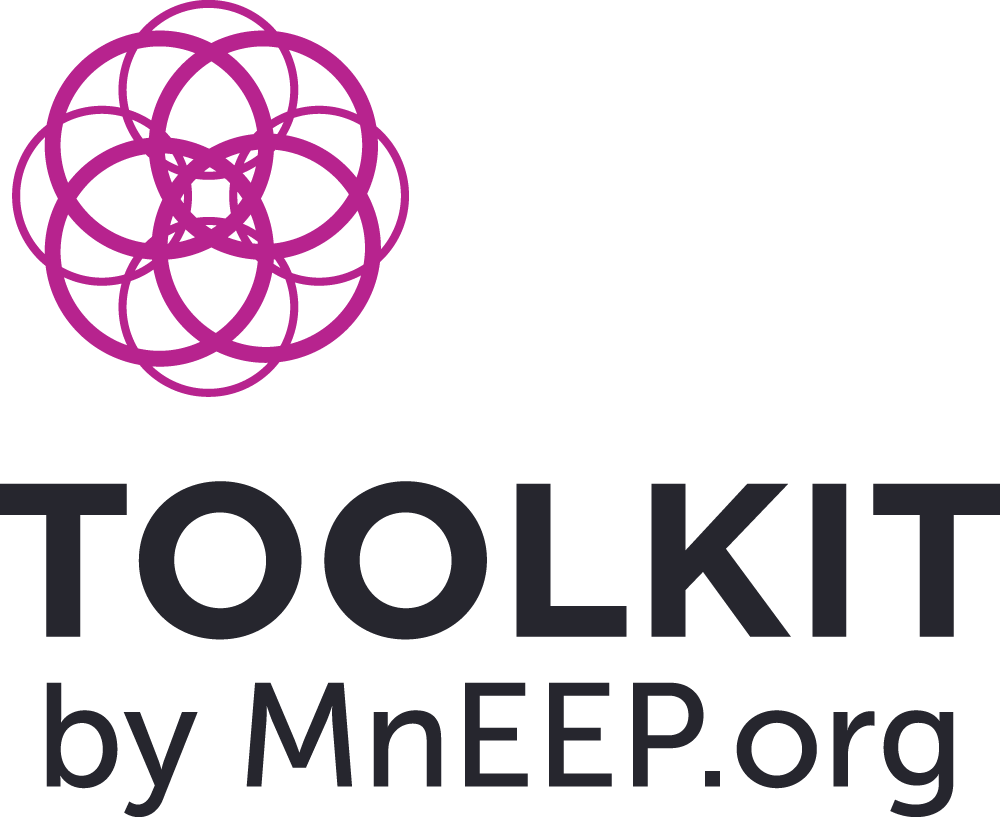School Climate & Racial Equity: Advocate Actions
A toolkit for building race equity in your community.
Get the tools you need as an advocate to build racial justice in Minnesota classrooms and advocate for the rights of all students.
In this Toolkit

“I don’t work in the school system, but I do see the impacts of racial injustice every day as a public defender. The school-to-prison pipeline is real, and it’s growing larger with each generation. We must demand change, so that our children can have the futures they deserve.”
What is implicit bias?
Implicit bias isn’t something that we can see and tap into. Rather, implicit bias is ingrained, unconscious attitudes or stereotypes about people that impact our behavior towards them.
Why does implicit bias matter?
Tips for becoming an advocate for yourself.
Because our implicit biases often predict how we’ll behave more accurately than our conscious values.
Implicit biases lead to institutional racism that harms students in the classroom.
These biases, which encompass both favorable and unfavorable assessments, are activated involuntarily and without an individual’s awareness or intentional control.
Residing deep in the subconscious, these biases are different from known biases that individuals may choose to conceal for the purposes of social and/or political correctness. Rather, implicit biases are not accessible through introspection.
The implicit associations we harbor in our subconscious cause us to have feelings and attitudes about other people based on characteristics such as race, ethnicity, age, and appearance.
These associations develop over the course of a lifetime beginning at a very early age through exposure to direct and indirect messages.
In addition to early life experiences, the media and news programming are often-cited origins of implicit associations.
How implicit bias plays out in classrooms
Implicit bias harms students of color and American Indian students in Minnesota at an alarming rate.
Why does implicit bias matter?
Implicit bias leads to inequitable punishments and exclusionary practices for students of color. A 2012 investigation found that “17 percent, or one out of every six black schoolchildren enrolled in K–12, were suspended at least once,” compared with “one in 20 (5 percent) for whites.”
Black girls ages 5 to 14 have been viewed by adults as “less innocent” than white girls of the same age, which may be a factor in the disparity in suspension rates, according to a 2017 report by Georgetown Law’s Center on Poverty and Inequality.
Nationally, black students are suspended three times as often as their white peers. In Minnesota, it’s eight times as often.
What’s more, key data from the MnEEP report Excluded: How Race Plays a Role in Exclusionary Practices in Special Education in Minnesota shows how implicit bias and racialized perceptions of ability and disability lead to special education identification, placement into restrictive educational settings, and exclusionary discipline practices that negatively impact educational outcomes for students of color and American Indian students.
- American Indian students in Minnesota are more than 4x more likely than White peers to be identified with a disability.
- Black students are more than 6x more likely than White peers to be placed in restrictive special education.
- Black students represent 12 percent of students with disabilities, but constitute 33 percent of physical restraint use in restrictive settings.
These exclusionary practices are a human rights violation that impact student outcomes today, and in the future. Studies show that students who experience restrictive educational settings or exclusionary discipline practices that remove them from the classroom are more likely to repeat a grade, drop out of school, and become involved in the juvenile justice system.
Take the Harvard Implicit Association Test
Take a short test to learn about your implicit associations about race, gender, sexual orientation, and other topics
Project Implicit is a non-profit organization and international collaboration between researchers who are interested in implicit social cognition —thoughts and feelings outside of conscious awareness and control. The goal of the organization is to educate the public about hidden biases and to provide a “virtual laboratory” for collecting data on the Internet.

What are exclusionary practices?
White privilege and racialized conceptions of ability continue to allow parents and educators to use certain special education categories as a tool for continued racial segregation.
The role of race and exclusionary practices
in Minnesota schools
Students who are of color and American Indian in Minnesota continue to be overrepresented in three main areas: Special education identification; Placement into particular restrictive educational settings and; Discipline including incidence, duration, and type of disciplinary actions including suspensions and expulsions.
African American and American Indian students are disproportionately represented in restrictive placement settings.
According to the Minnesota Department of Education’s (MDE) 2016 Restrictive Procedures Report, African American students accounted for approximately 12% of the special education student population, and are overrepresented in both the physical holding and seclusion data. Restrictive procedures includes both physical holds and seclusion.
What’s more, students who have a disability diagnosis for Emotional Behavioral Disorder will account for more than half of all students experiencing the use of restrictive procedures.
This has significant impact on students of color and American Indian students who continue to be diagnosed with emotional behavioral disorders at high rates.
Read MnEEP’s full report here.
Key Talking Points
Essential stories and facts for advocates
Sharing stories is essential for creating change
Being an advocate means speaking up.
It means sharing facts and stories, and standing up about hard truths. Learning more about this issue yourself, and sharing key information, is essential for creating real change.
Here are some important stories for sharing and learning about building education justice for all students.
The school-to-prison pipeline
Read more about the school-to-prison pipeline as explained by Vox. and learn more about policies and practices that favor incarceration over education from Tolerance.org.
What is critical race theory and why is it so essential?
From ThoughtCo’s Rebecca Bodenheimer: “Critical race theory (CRT) is a school of thought meant to emphasize the effects of race on one’s social standing. It arose as a challenge to the idea that in the two decades since the Civil Rights Movement and associated legislation, racial inequality had been solved and affirmative action was no longer necessary. CRT continues to be an influential body of legal and academic literature that has made its way into more public, non-academic writing.”


